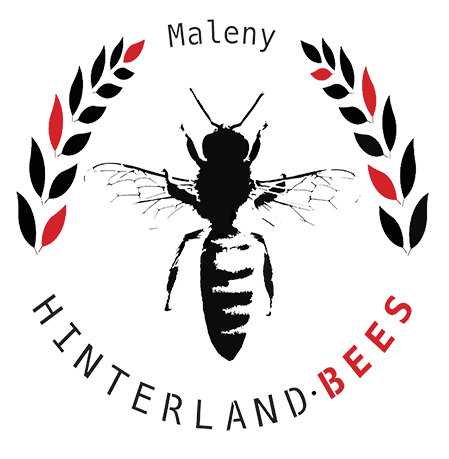Big Beehive with No Honey
Wild beehives often contain 50kg or more of honey, but in lean times a beehive lives in a delicate balance. As a super-organism, the colony makes a series of incredible calculations and decisions in response to climate, rain and available food sources.
Nectar is the colony's source of carbohydrate and is essential for building new comb. Bees will not build new comb unless there is a good nectar flow and they have already used up at least 80% of their storage space. Without comb space, there is nowhere for nectar and pollen to be stored, and there is nowhere for the queen to lay eggs. Of course, both factors affect the colony's ability to expand.
The colony need to weigh up the risks involved in investing their energy in building new comb and raising more young, against the availability of resources. It seems that some hives are willing to take higher risks than others, and some live from day-to-day and expanding rapidly. While I would expect to find many kilos in a beehive with a large population, but I'm often amazed to find virtually none.
It appears that these colonies gambling on the nectar to continue flowing and don't bank away extra honey stores. Instead, they decided to invest virtually all of their incoming resources into comb building, creating more cells for the queen to lay eggs.
Often, a queen will limit her laying when resources are scarce, and if there is a dearth of incoming pollen, the colony may even start to eat the eggs to preserve the protein available to the colony and limit population growth.
On the face of it, these colonies take a considerable risk, because a significant population could quickly starve if food sources dry up. However, bees are unbelievably in tune with their environment, and it is more than likely that they were confident that there would be ample nectar to see them flourish.
